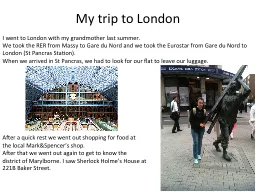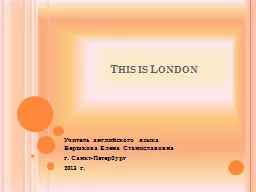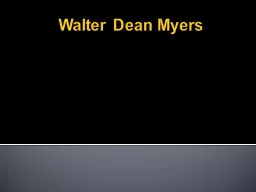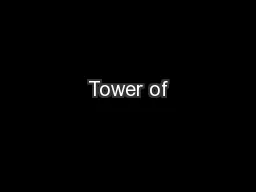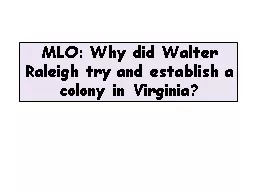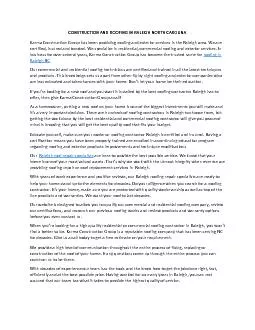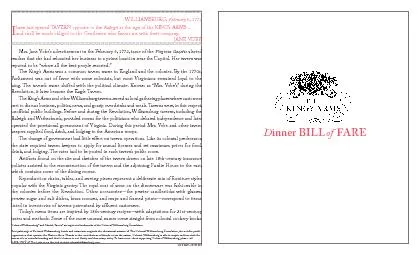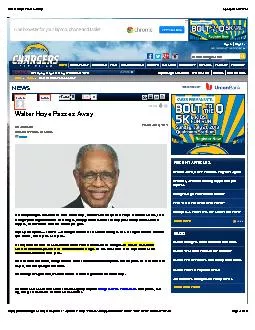PPT-Tower of London Raleigh and his son Walter in 1602
Author : faustina-dinatale | Published Date : 2018-02-15
Raleighs cell Bloody Tower Tower of London Raleigh was beheaded at Whitehall on 29 October 1618 Let us dispatch he asked his executioner At this hour my ague
Presentation Embed Code
Download Presentation
Download Presentation The PPT/PDF document "Tower of London Raleigh and his son Wal..." is the property of its rightful owner. Permission is granted to download and print the materials on this website for personal, non-commercial use only, and to display it on your personal computer provided you do not modify the materials and that you retain all copyright notices contained in the materials. By downloading content from our website, you accept the terms of this agreement.
Tower of London Raleigh and his son Walter in 1602: Transcript
Download Rules Of Document
"Tower of London Raleigh and his son Walter in 1602"The content belongs to its owner. You may download and print it for personal use, without modification, and keep all copyright notices. By downloading, you agree to these terms.
Related Documents


